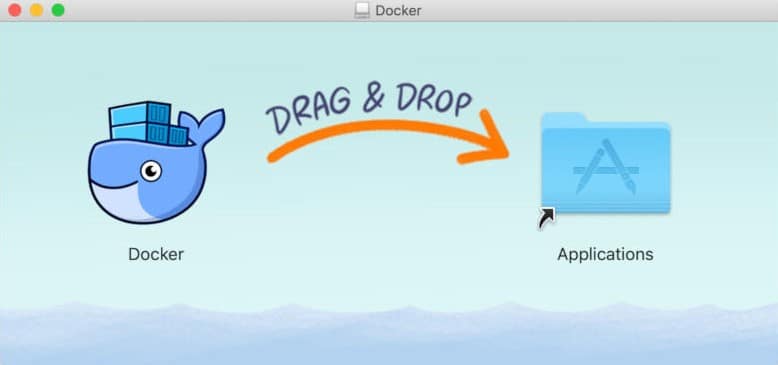
connect (101: Network is unreachable) Could not connect to :80 (91.189.88.142), connection timed out Could not connect to :80 (91.189.88.152), connection timed out Err:2 groovy-updates InRelease Cannot initiate the connection to :80 (2001:67c:1360:8001::24).
#Docker macos update
To test that everything is working, try to run the docker command that you aliased in the previous step (docker, mpdocker, or the name you chose).The solution when a container is not able to reach internet like: apt update Err:1 groovy InRelease Cannot initiate the connection to :80 (2001:67c:1360:8001::24). Wrap-Upīy now, you should be able to run the docker command from the terminal on your host machine. More info on aliasing commands can be found here. I wanted to use both commands, so I chose the name ‘mpdocker’ for the aliased command to avoid conflicts. Whichever command is listed first in the PATH will be used. If, like me, you already have the docker cli on your machine, this aliased command may supersede your existing ‘docker’ command. The output of the alias command gives the necessary steps, which should look like the following: $ENV:PATH="$ENV:PATH C:/Users/natha/AppData/local/multipass/bin" We can take things one step further, however, by adding Multipass to the PATH variable, which will eliminate the need for the multipass prefix. Now, we can run docker commands in the VM by first referencing multipass, e.g. For host-machine access, we will alias the docker command to the host as follows: multipass alias docker-vm:docker Our VM is now ready, but we currently can only access the docker instance from within the VM.
#Docker macos install
Once the VM has finished its installation process, it will automatically download and install docker on that VM.
#Docker macos code
In Terminal, run the following cloud-init code to create a new VM called docker-vm with docker engine installed: multipass launch -cloud-init -disk 40G -mem 4G -cpus 4 -name docker-vm < Run the Docker Hello World container from the host terminalįirst, install Multipass by heading to n and following the installation instructions there for your operating system.Alias the docker command to the host command line.Install Multipass (if not already installed).In this tutorial, we will run the Docker Hello World container within a Multipass VM, from the host command line. This allows you to run Docker locally on your Windows or Mac machine directly from your host terminal. That Docker instance can be controlled either directly from the VM, or remotely from the host machine with no additional software required. Multipass can host a docker engine inside an Ubuntu VM in a manner similar to Docker Desktop. If you’re looking for an alternative to Docker Desktop or to integrate Docker into your Multipass workflow, this how-to is for you. Update: there is now a more streamlined way to run Docker on Multipass – see this tutorial for more details.
#Docker macos software




 0 kommentar(er)
0 kommentar(er)
